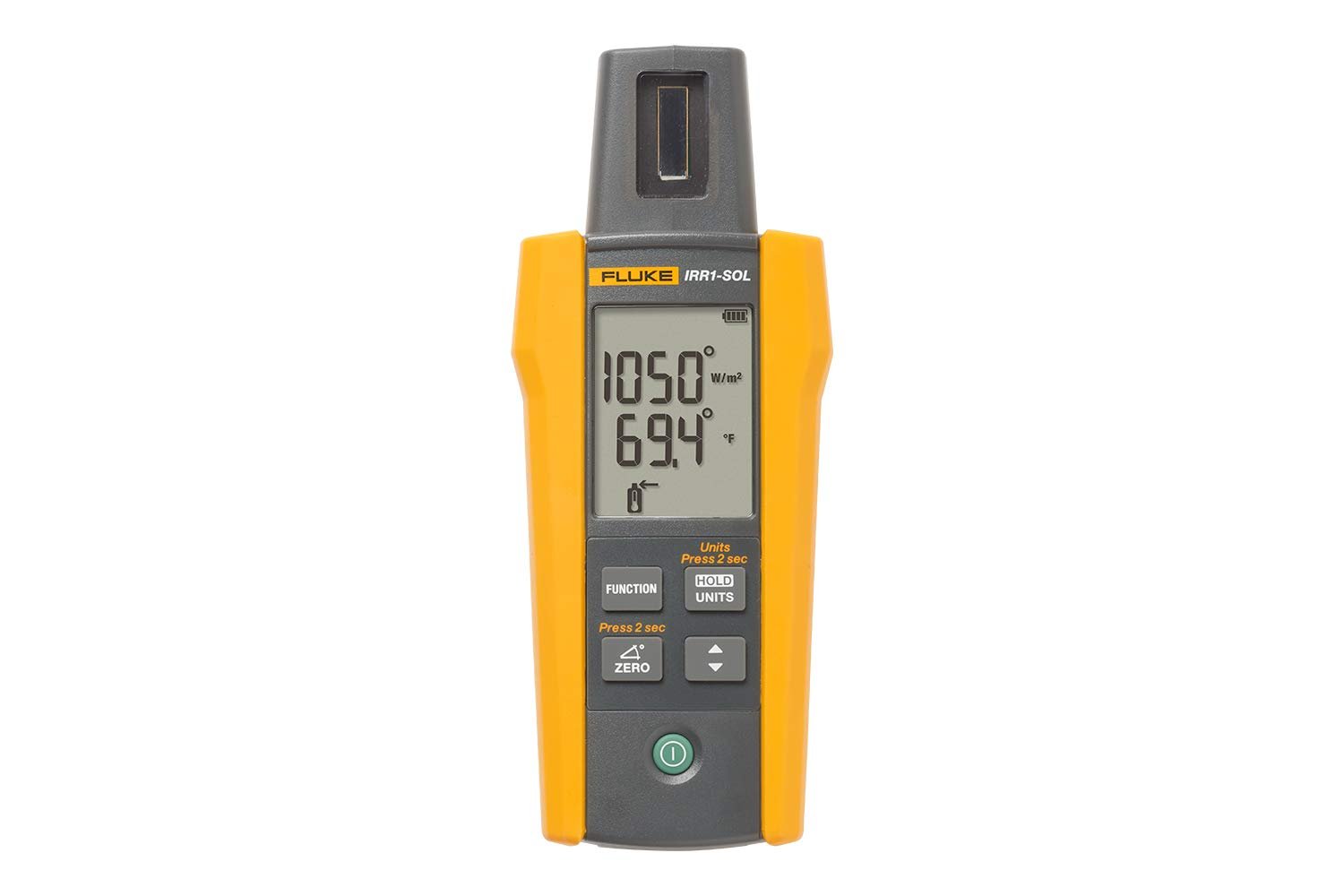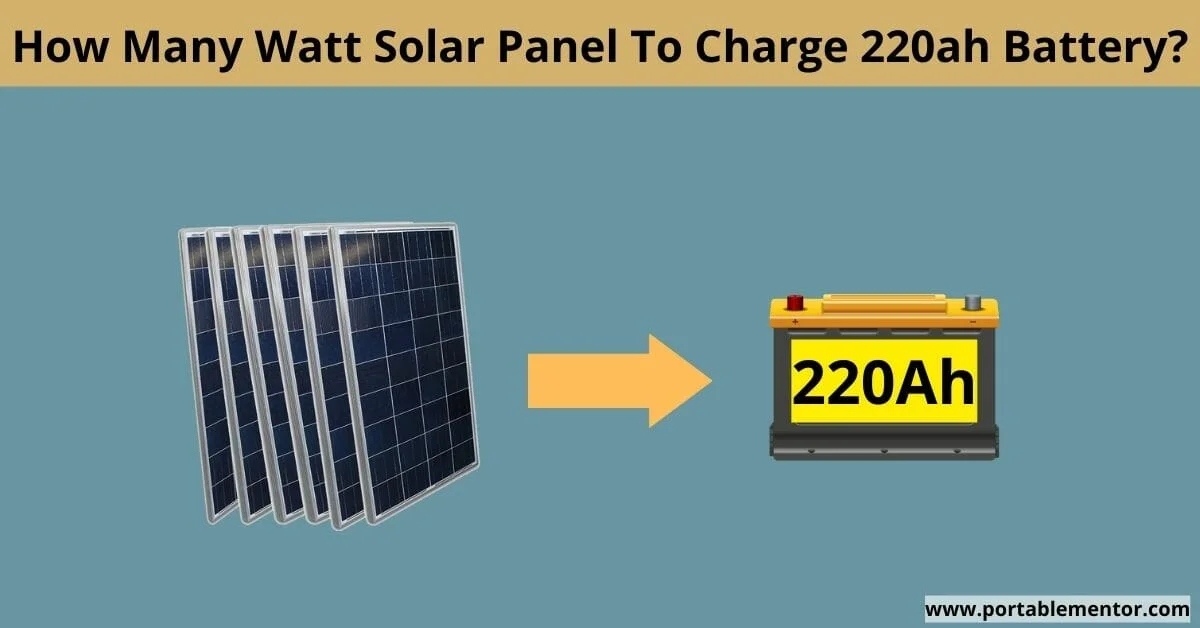Measuring peak sun hours is the most accurate way to estimate the output of your solar panels. Which makes it easy to select the ideal solar system size for your rooftop or for an RV.
In this post, I'll explain, what are peak sun hours, their importance in the solar world, and how to calculate how many peak sun hours your location receives (with the help of maps and calculators).
Key Takeaways
- Peak sun hour = when the intensity of sunlight averages about 1 kilo-watt per meter square (around 10.5 feet) for an hour.
- Importance: With the help of peak sun hours, you can size the ideal solar panel system for your rooftop, or for an RV to fulfill your electricity needs.
- How to calculate? Use this PVWatts peak sun hour calculator to find out the number of peak sun hours your rooftop receives.
What are peak sun hours?
Peak sun hours are not the total daylight hours. Instead, it measures the intensity of sunlight or solar radiation.
A peak sun hour (PSH) is equal to when the intensity of the sunlight averages about 1000 watts per meter square (1kW/meter2).
A simple way to put it: 1 peak sun hour = 1000 watts/meter2 of sunlight intensity for an hour.
Thus, it's clear that you'd receive most of the peak sun hours around noon time. Also, the number of solar radiations will be higher in summer than in winter.
Now let's discuss the importance of peak sun hours in the solar world.
Importance Of Peak Sun Hours
Before explaining the importance of peak sun hours, let's have a look at how solar panels are rated for their wattage output.
"Solar panels are rated their power output under standard test conditions - STC." Which includes, 25°C (77°F) temperature, 1 kW/m2 solar irradiance (peak sun hour), and air mass (AM) of 1.5.
This is why using peak sun hours (1 kW/m2) helps to determine the ideal solar system size for your rooftop or for an RV.
Here are a couple of real-world scenarios and the importance of peak sun hours with examples.
1. helps to determine the Solar System Output
Estimating the power output of a solar system with the help of peak sun hours.
For example:
- Solar system size = 1000 watts (1 kW)
- Peak sun hours = 6
1,000 watt × 6 peak sun hours = 6,000 wattsNote: Solar panels will rarely produce their rated wattage output in real-world conditions. Mostly, I receive between 70-80% of power output from my solar panels (in peak sun hours).
6,000 × 0.8 (20% system inefficiency) = 4,800 watts or 4.8 kWh2. helps to select the ideal size solar system
Estimating solar system size for your house with the help of peak sun hours.
For example:
- Peak sun hours = 6
- Total electricity usage of your house last year = 20,000 kWh
- 20,000 kWh / 365 days = 54.79 kWh per day
Solar power required per peak sun hour:54.79 kWh ÷ 6 peak sun hours = 9.13 kW
Solar panel system required: 9.13 * 1.2 (20% system losses) = 10.9 kWNow let's have a look at how you can calculate the number of peak sun hours by your state, region, or using house address. I'll share the maps and some calculators which you can use to find out.
Peak sun hours map
Here are some maps of the average number of peak sun hours by country, and region.
1. Peak sun hours world map
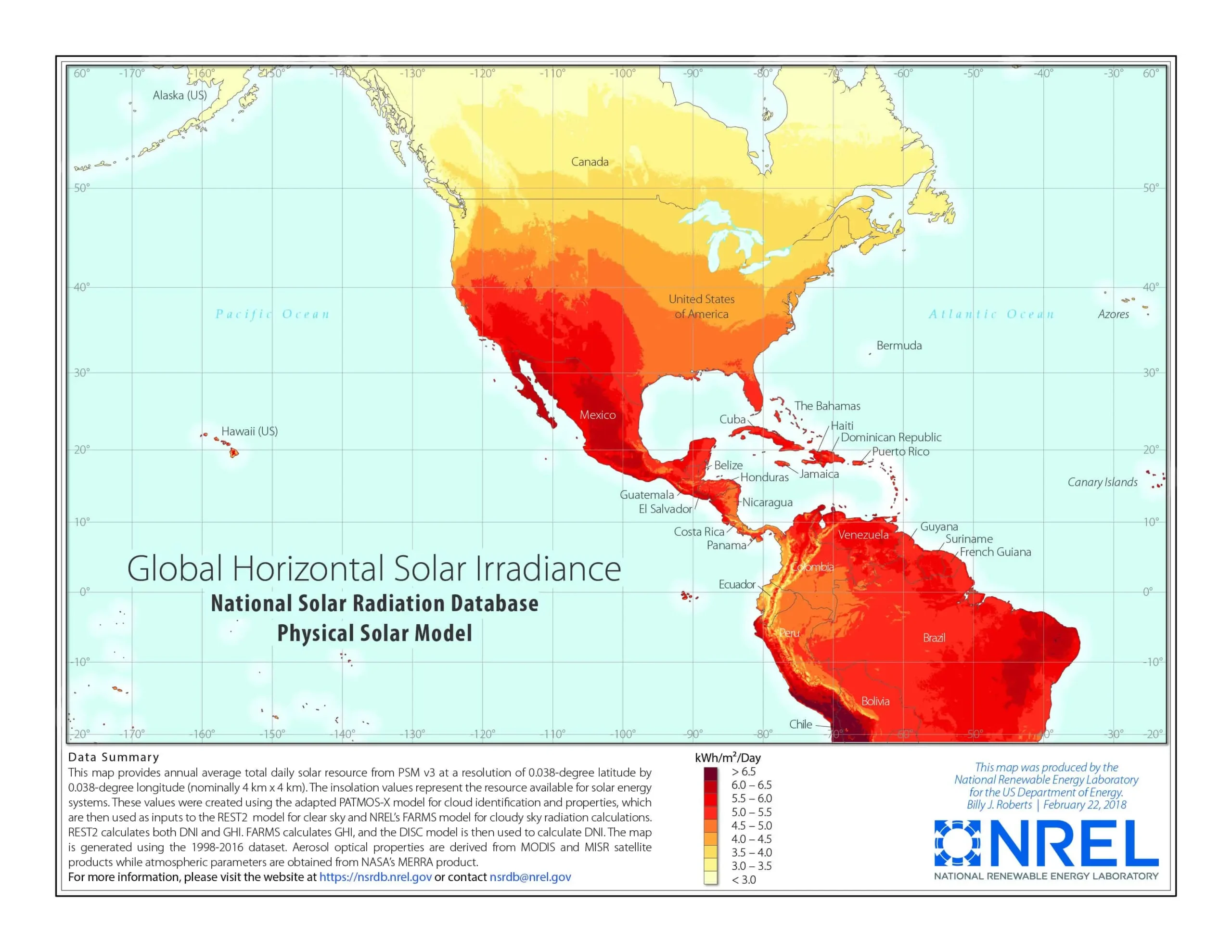
2. peak sun hours map USA
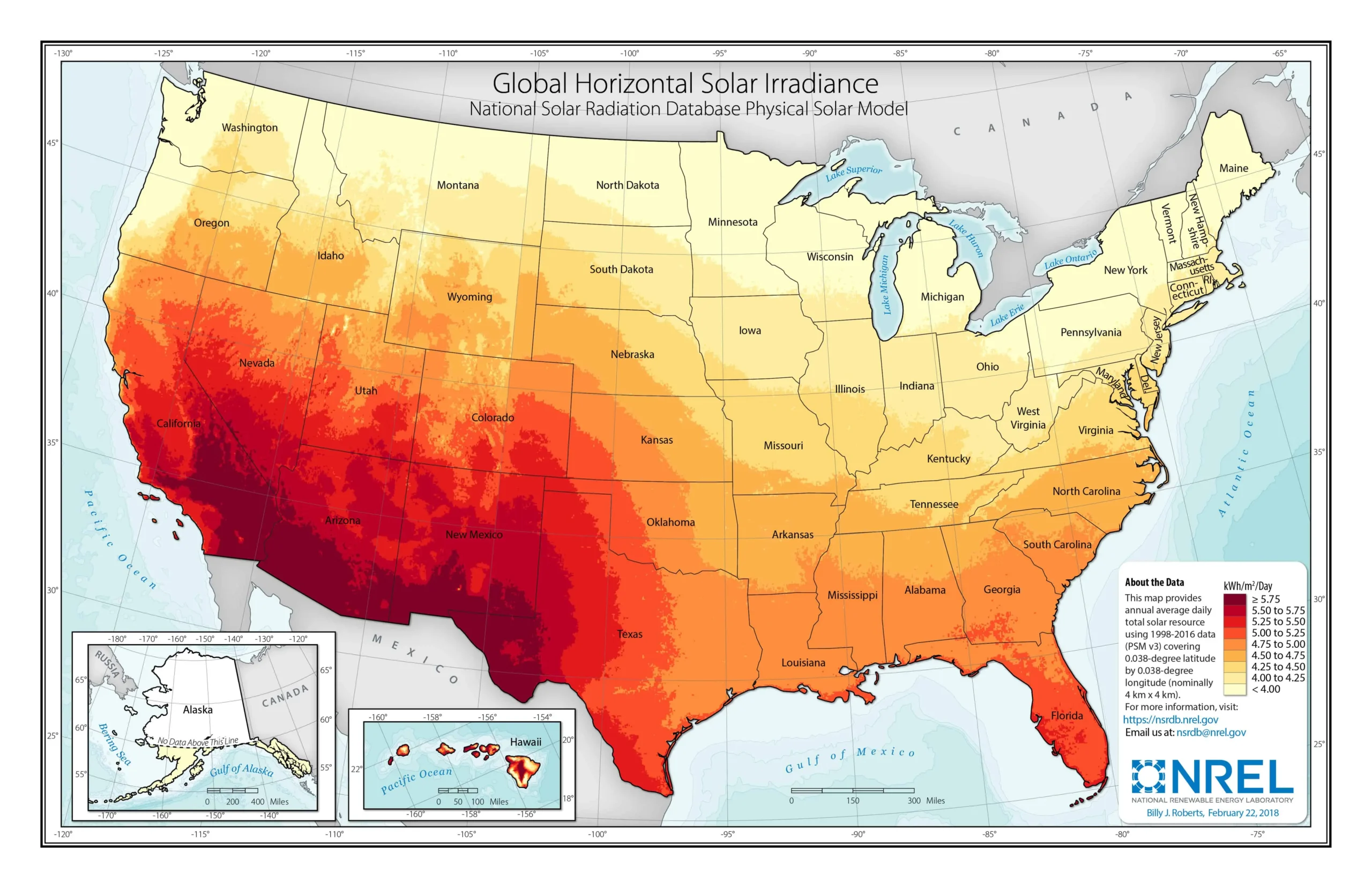
3. peak sun hours map UK
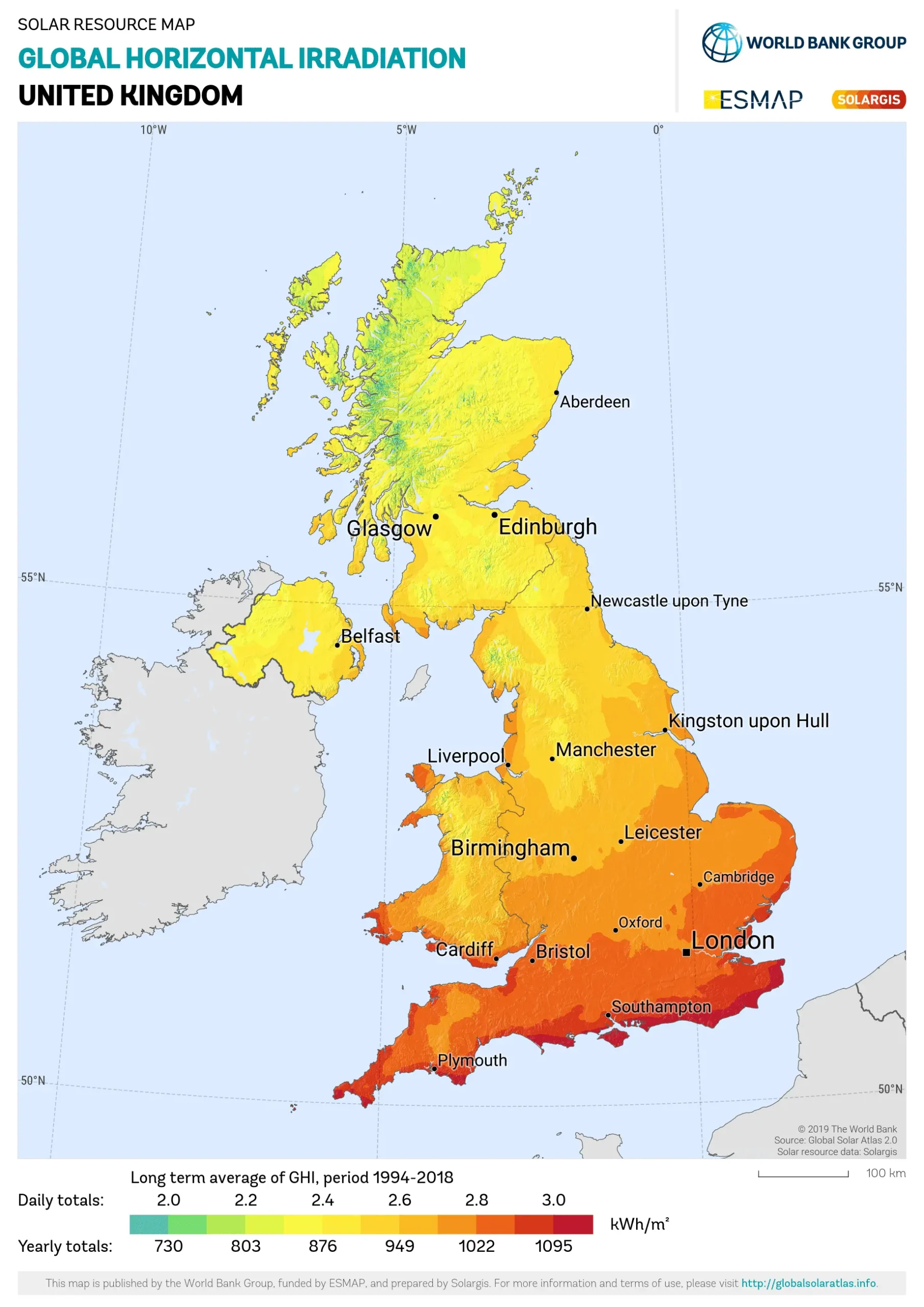
Full Article: Peak Sun Hours UK (United Kingdom): Chart, How To Calculate?
4. peak sun hours map south Africa
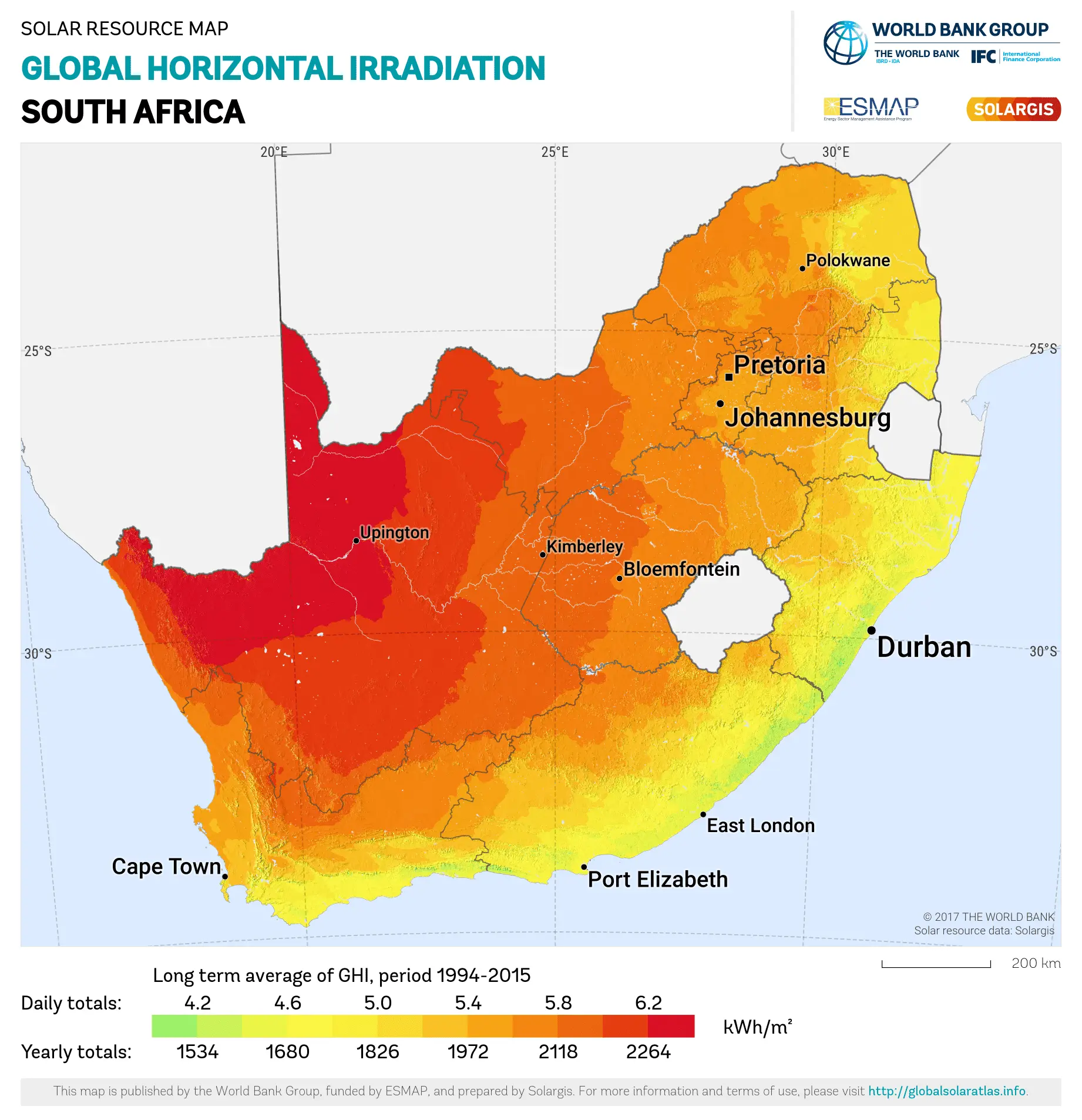
5. peak sun hours map Canada
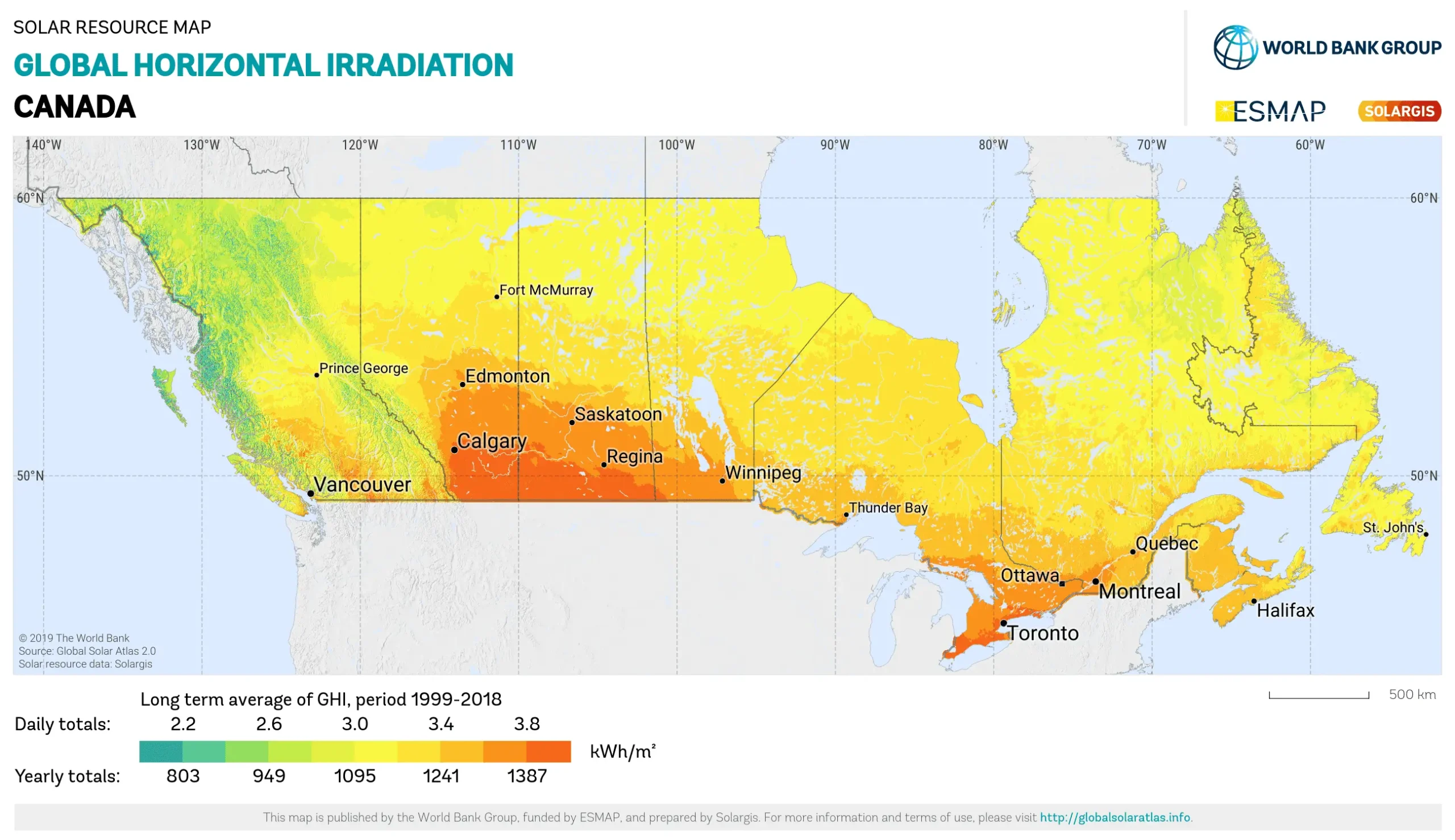
6. peak sun hours map Europe

7. peak sun hours map Australia
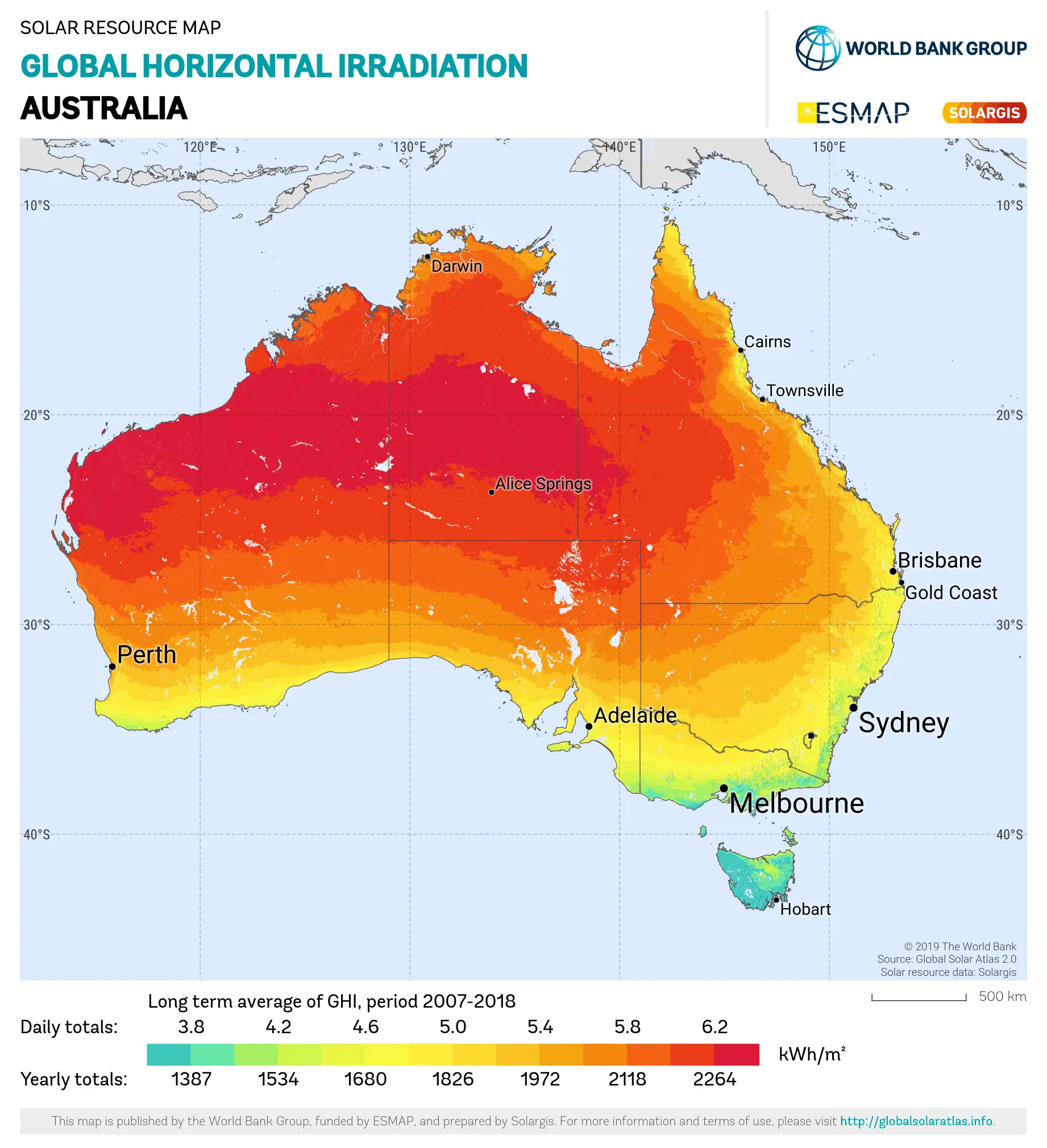
Recall: 1 kWh/meter2 solar irradiation = 1 Peak Sun Hour.
How to calculate peak sun hours?
I know, I know, these maps can be a bit confusing. For your ease, I'm going to share a few methods to calculate the accurate number of peak sun hours your location receives.
3 Methods to calculate peak sun hours:
- Using Solar Irradiance Meter
- Global Solar Atlas
- PVWatts Calculator (My favorite!)
Now let's see how to use one of the above methods. I'll start with the most accurate but hard one, then the easy one but not in-depth, and number 3 is my favorite.
1. Insolation meter (Solar Irradiance Meter)
An insolation meter also known as a solar Solar Irradiance Meter is the most accurate way to measure the total solar irradiance (peak sun hours) your location receives.
Place this meter on your rooftop, and leave it for a day. At the end of the day, it'll show you the total number of solar irradiation (kWh/m2), and the average temperature your rooftop received.
This is the most accurate but hard way to measure the solar panel sun hours.
- Make the critical measurements needed for installing, testing, maintaining, and reporting on solar panels or photovoltaic systems with one, easy-to-use tool.
- High-precision mono-crystalline solar sensor: instantaneous irradiance measurements up to 1400 w/m2
- Two options for temperature measurement: use a built-in temperature sensor or external suction mount temperature probe to measure ambient and panel temperature
- Integrated compass and inclination sensor: measure and document site and panel orientation and inclination
2. Global Solar Atlas
With the help of Global Solar Atlas peak sun hours calculator, you can easily find the average number of peak sun hours your location receives per day and year.
Step 1 - Enter your city name in the search bar. For example, if you live in Florida City, FL, search for Florida city and select Florida City, FL from the dropdown results.
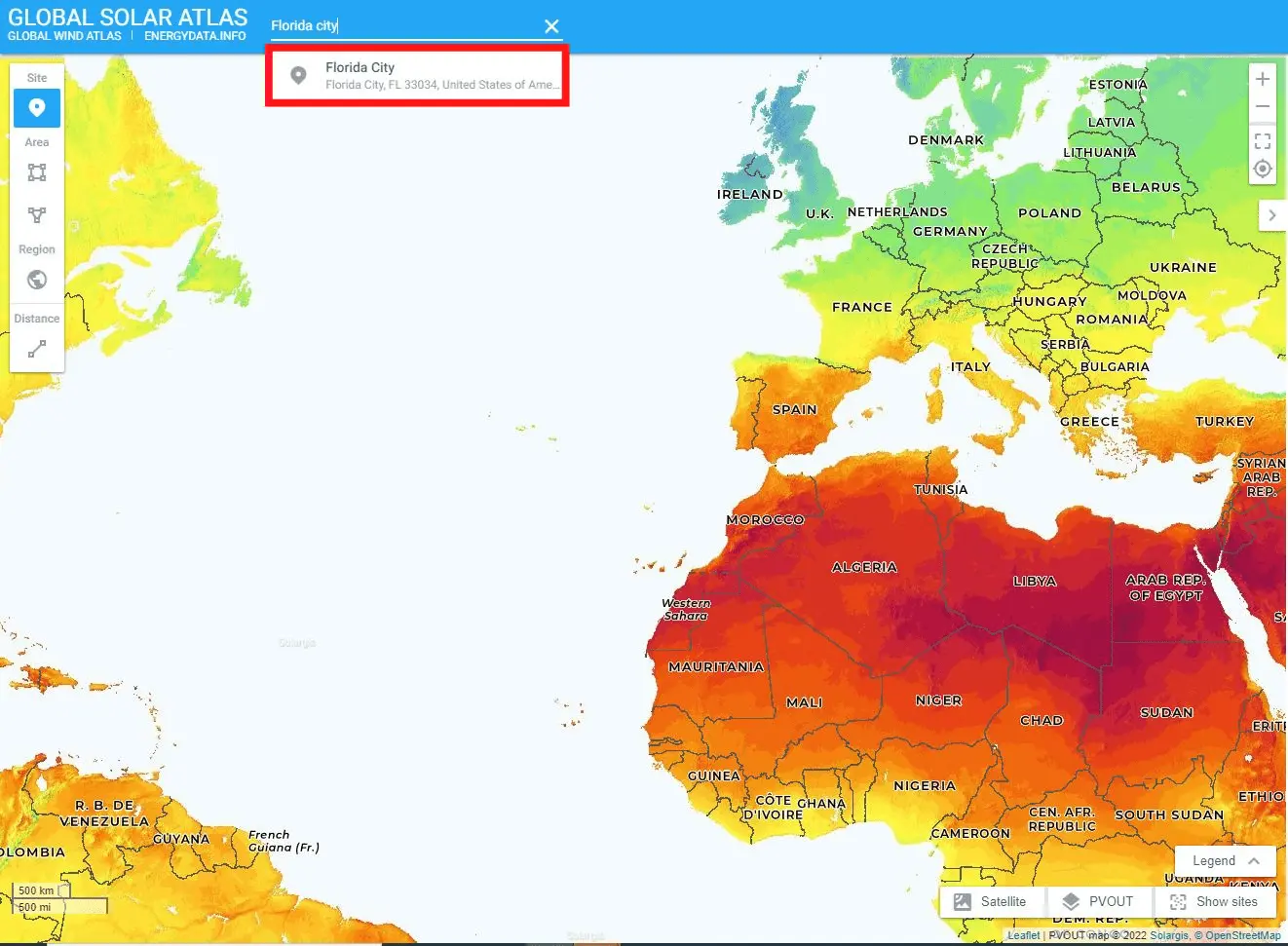
Step 2 - Look for "Global Horizontal Irradiation (GHI)." This is the value of total solar irradiation your location receives per year. In my case, Florida city receives about 1888.1 kWh/m2 solar irradiation or 1888.1 peak sun hours per year.
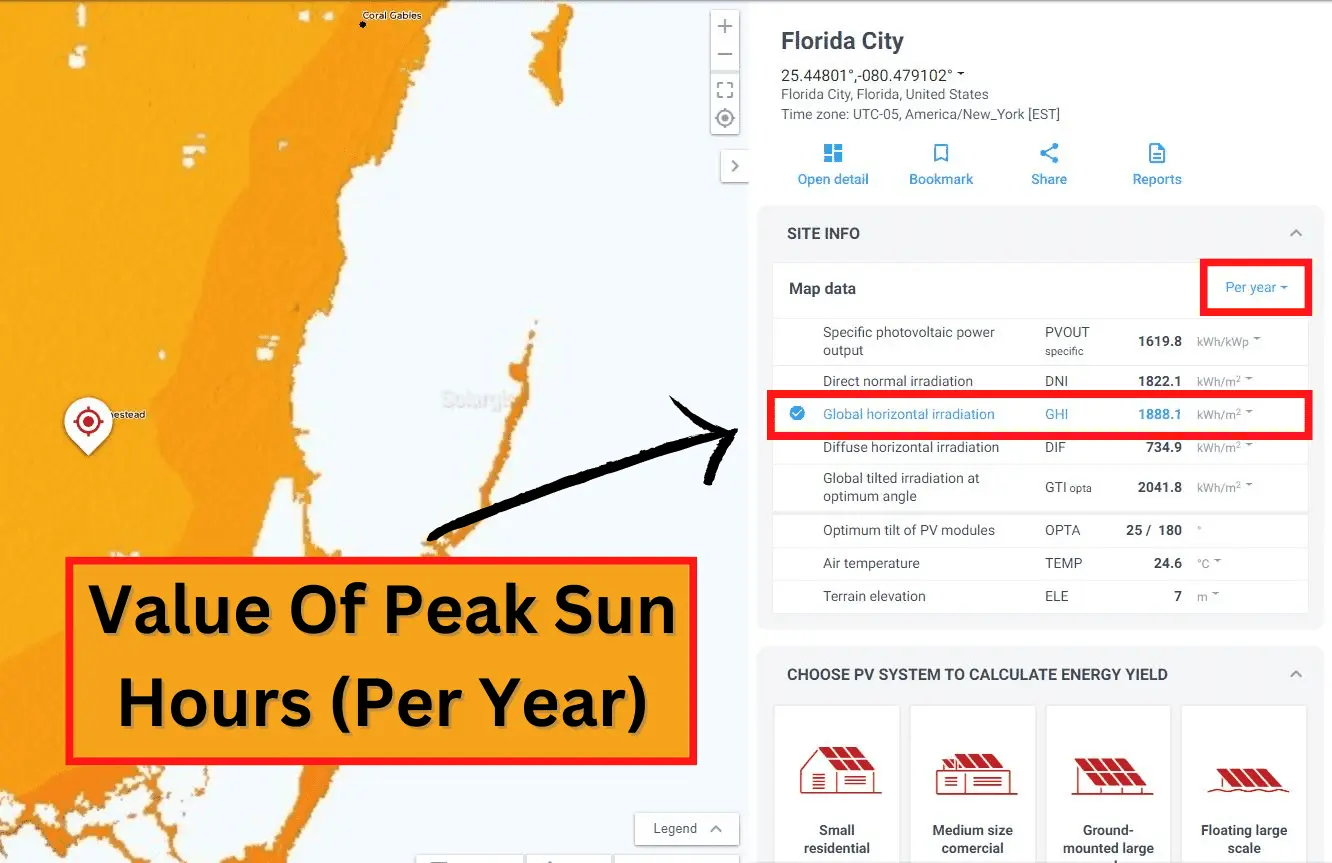
Step 3 - To find out your daily peak sun hours, Select the per day. as highlighted in the below pic.
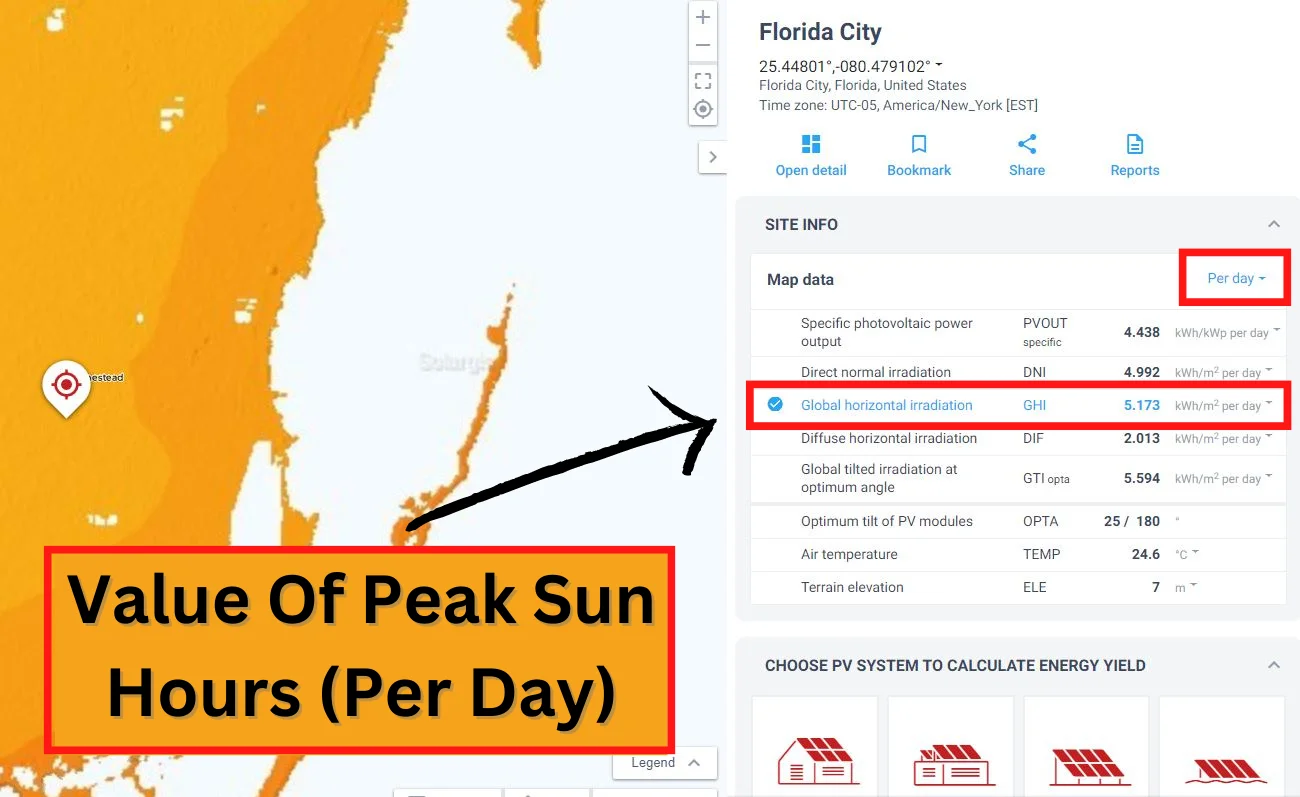
Drawback of this calculator: This calculator shows the average number of peak sun hours of any city in the world but, it doesn't provide the data for every individual month. For detailed data output, check out my 3rd and last choice for calculating the peak sun hours.
3. PVWatts Calculator (My favorite)
PVWatts calculator will give you in-depth data about the number of peak sun hours your location receives each month and for the entire year.
Step 1. Enter your complete address in the search bar (with house number, street name, and zip code). Or, just enter the name of your city. Then click "GO >>".
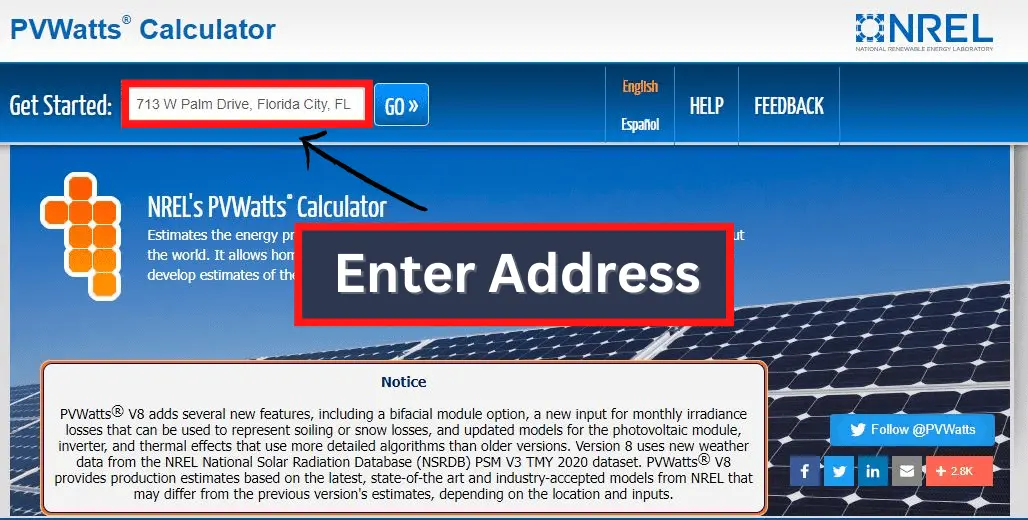
Step 2. Now you'd jump to the "Solar Resource Data" page. Scroll down to the map (below) to confirm the location. If it's accurate, click "RESULTS".

Step 3. You'd be able to see how much solar radiation your rooftop receives per day on a month-to-month basis.
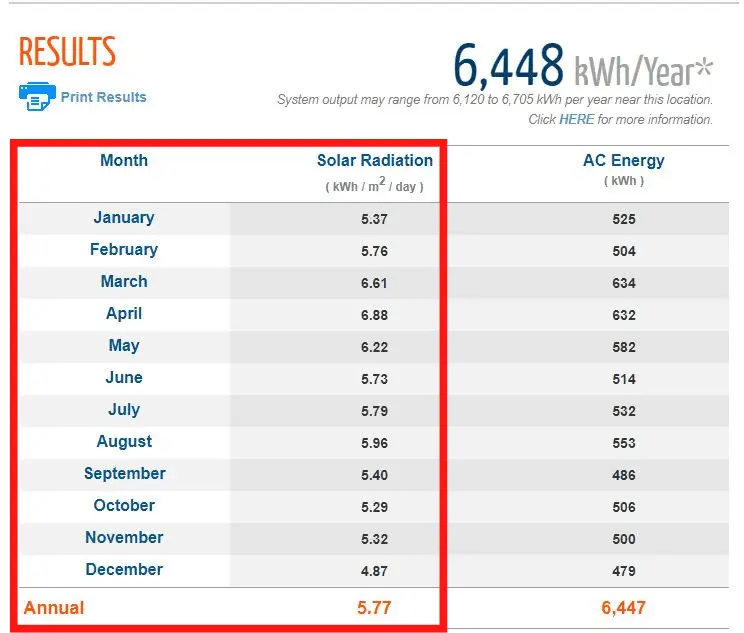
Tip: You can also use this calculator to estimate the solar system output. After making sure the address is correct, click on "SYSTEM INFO" (instead of Results). Now enter your solar system values to find out the average expected output from your solar panels on a monthly basis. "AC Energy" will be the power output of your solar system.
Peak Sun Hours: FAQs
Around noon is the strongest time to get the maximum output from your solar panels.
On average, the US receives about 4-5 peak sun hours per day all around the year. This number will be higher during summer and a bit lower in winter.
Other Useful posts
- Solar Panel Size Calculator For Battery
- Solar DC Watts To AC Watts Calculator & Formula
- Solar Panel Output Calculator
resources
- The National Solar Radiation Data Base - ScienceDirect [1]
- Average Solar Radiation - pveducation.org [2]
- SOLAR IRRADIANCE - NASA [3]
I hope this guide was helpful to you. If you still have any queries or if I miss anything, Contact Us. Your feedback is valuable to us. Thank You!
